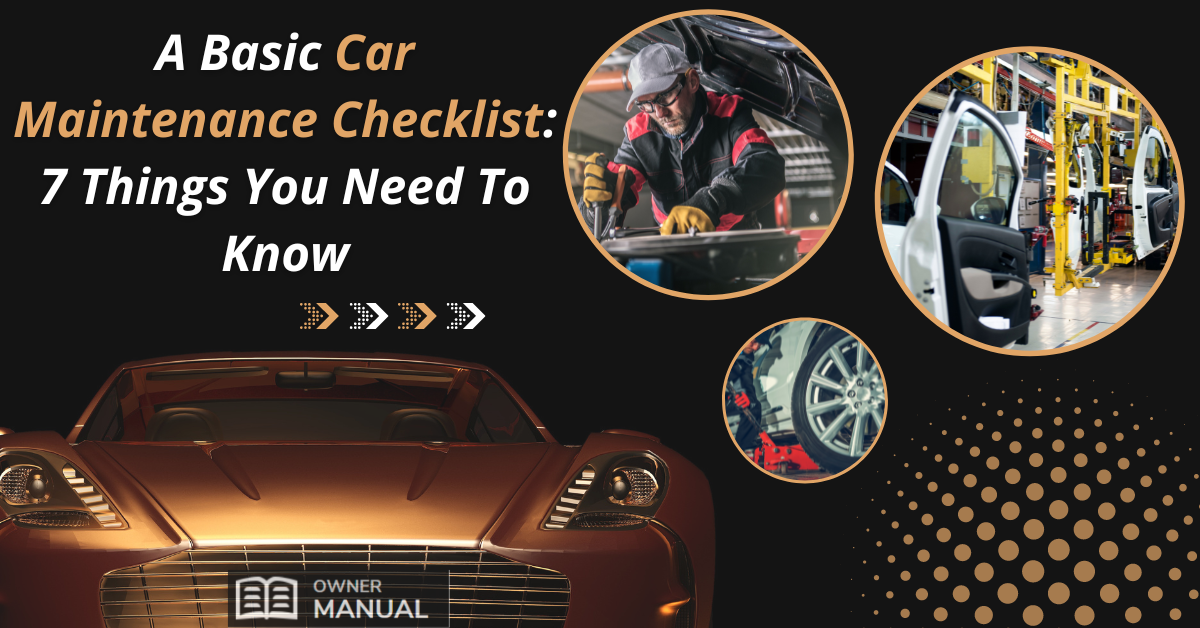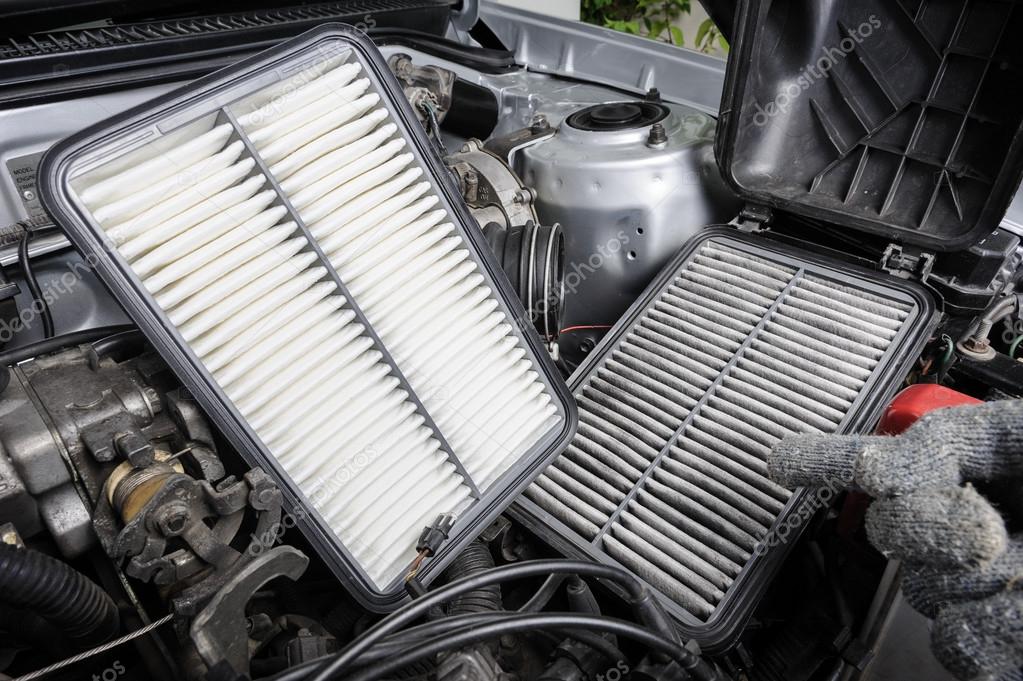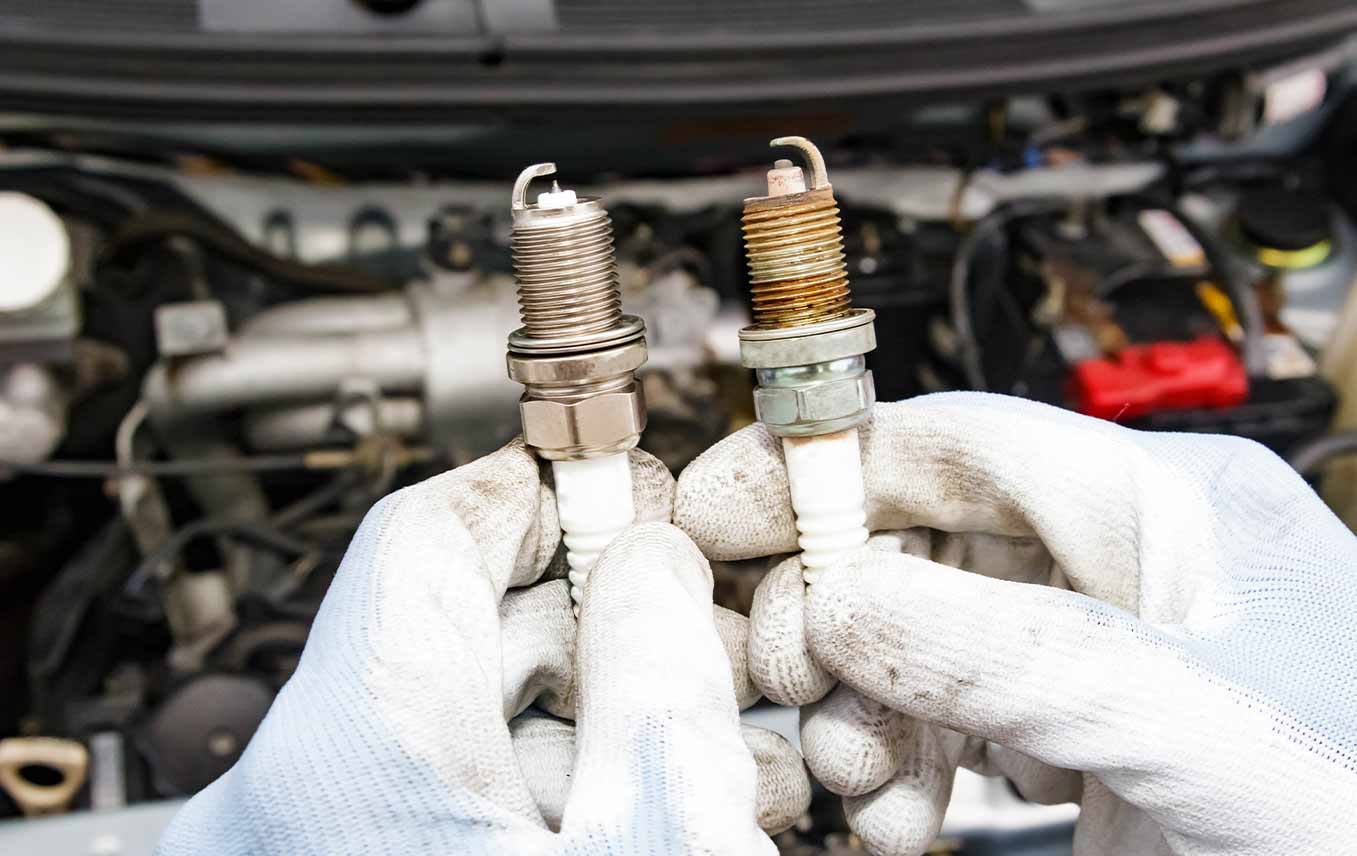A Basic Car Maintenance Checklist – 7 Things You Need To Know

Keeping track of a car maintenance checklist will not alone avoid accidents or potential collisions, but a highly functional car can help you save down the road and in the wallet.
With that in mind, here are some vehicle maintenance tasks that you can easily do yourself.
No one likes to dig into their pockets to pay the auto shops. That’s why it’s crucial to prevent regular home maintenance, especially if you’re driving what’s considered “old” by today’s standards.
Check out our comprehensive car maintenance checklist to keep your car running smoothly and save money on repairs.
The first thing you have to do is find your owner’s manual.
Table of Contents
Familiarize yourself with your user manual:
Many drivers ignore their owner’s manuals, but think of it this way: if you purchased it, would you just use it without reading the guidelines? This way of thinking also applies to a car.
Each car comes with a user’s manual. This manual covers all the vehicle’s underhood and interior features and components.
The manual contains essential information, including a suggested maintenance schedule covering all the parts and fluids that the car requires to be replaced regularly.
How often you need to change your oil and when is the excellent time to replace belts or filters can vary. In the case of motor oil, it will note what grade it is running on so you know what to look for when it’s time to change.
Your car owner’s manuals also list all of the safety precautions you need to take when going through the vehicle setup checklist. So, for your safety, read them carefully.
You need to dig a little deeper from time to time to ensure your car is kept in tip-top shape. This car maintenance checklist includes:
The 7 Essential Car Maintenance Checklist
Check the engine oil:
Oil change companies put stickers on the windshield with a future mileage as a recommended time when you return to change it again. Not each car is the same, nor is every engine, so the number given may not necessarily match the threshold suggested by the automaker.
Synthetic oil lasts longer and is considered cleaner and more efficient than synthetic blends and regular oil. That typically means you can get more mileage before changing it. Your owner’s manual should instruct the average mileage and engine viscosity per oil change. Compare that number to an oil changer’s estimate, and you’ll have a rough idea of when to return.
You can check the oil level using the dipstick or, on some newer vehicles, an electronic gauge. If the oil looks dark and muddy in texture, it’s time to change it. Good motor oil is somehow translucent with a smoother texture.
Air Filter:

Your engine’s air filter regulates the air going into your engine, helping to keep dirt and particles out. By making sure your air filter is flowing properly, you can enhance your fuel efficiency, reduce your emissions and help ensure your engine’s life. It can easily be done at home, so check your owner’s manual for instructions and how often to change it.
Tire Pressure and tread depth:
Since well-maintained tires are an essential part of a safe and fuel-efficient journey, make it a habit to visually inspect your tires frequently. Check the pressure in your tires every month before long trips or carrying additional loads.
Don’t forget the spare part. Also, note that tire pressure drops by a pound for every 10 degrees of pressure reduction during winters. Your owner’s manual will tell you how much air pressure your tire requires.
Spark Plugs:

The spark plugs in your engine ignite the gas and air mixture that ultimately powers your vehicle. If your spark plugs are not working properly, your engine will lose power and not run at optimal performance.
Have defective spark plugs checked and replaced by a professional based on the vehicle manufacturer’s recommendation or if you feel a decrease in engine performance.
Look at the Belt:
Though it may seem like a piece of rubber, your car’s serpentine belt is essential to keeping your car running by providing power to peripherals like your alternator, power steering pump, and air conditioning compressor.
Visually inspect the belt to ensure it is free of cracks or other damage. Replace if damaged or according to your car manufacturer’s recommendations.
Replace Wipers:
Windshield wipers should be replaced about once a year or whenever it is not working properly. During the winter season, installing winter wiper blades for optimal performance is a good idea.
To prevent ice formation, you should also move your windshield wipers away from the window when parking in winter.
Battery Performance Test:
Your vehicle battery is an essential component for the operation of your vehicle. A car battery provides a huge amount of electrical current for the starter, motor, and other electronic accessories in the car.
High temperatures affect battery performance, so regular battery checking ensures the battery is working when required.
Following a car maintenance checklist and keeping records of your actions can help extend your vehicle’s life and protect you from breakdowns, expensive repairs, and other unwanted surprises.
To avoid mechanical problems, you may also visit Ownermanual.co to download manuals of various car models.